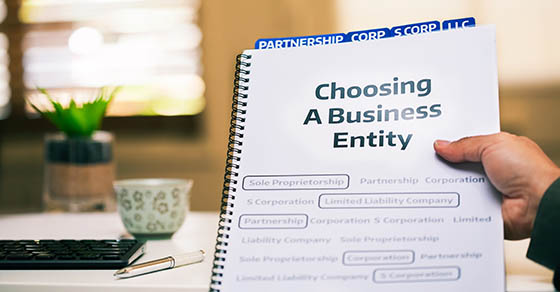A major tax change is here for businesses with research and experimental (R&E) expenses. On July 4, 2025, the One Big Beautiful Bill Act (OBBBA) reinstated the immediate deduction for U.S.-based R&E expenses, reversing rules under the Tax Cuts and Jobs Act (TCJA) that required businesses to capitalize and amortize these costs over five years (15 years for research performed outside the United States).
Making the most of R&E tax-saving opportunities
The immediate domestic R&E expense deduction generally is available beginning with eligible 2025 expenses. It can substantially reduce your taxable income, but there are strategies you can employ to make the most of R&E tax-saving opportunities:
Apply the changes retroactively. If you qualify as a small business (average annual gross receipts of $31 million or less for the last three years), you can file amended returns for 2022, 2023 and/or 2024 to claim the immediate R&E expense deduction and potentially receive a tax refund for those years. The amended returns must be filed by July 4, 2026.
Accelerate remaining deductions. Whatever the size of your business, if you began to amortize and capitalize R&E expenses in 2022, 2023 and/or 2024, you can deduct the remaining amount either on your 2025 return or split between your 2025 and 2026 returns, rather than continuing to amortize and capitalize over what remains of the five-year period.
Relocate research activities. Consider relocating foreign research activities to the United States. Before the OBBBA, the five-year vs. 15-year amortization period made domestic R&E activities more attractive from a tax perspective. Now the difference between a current deduction and 15-year amortization makes domestic R&E activities even more advantageous tax-wise.
Take advantage of the research credit. A tax deduction reduces the amount of income that’s taxed, while a tax credit reduces the actual tax you owe dollar-for-dollar, providing much more tax savings than a deduction of an equal amount. So consider whether you may be eligible for the tax credit for “increasing research activities.” But keep in mind that the types of expenses that qualify for the credit are narrower than those that qualify for the deduction. And you can’t claim both the credit and the deduction for the same expense.
We’re here to help
With the recent changes to the R&E expense rules, understanding your options is more important than ever. Our team can walk you through the updates, evaluate potential strategies, and help you determine the best approach to maximize your savings and support your business goals.






